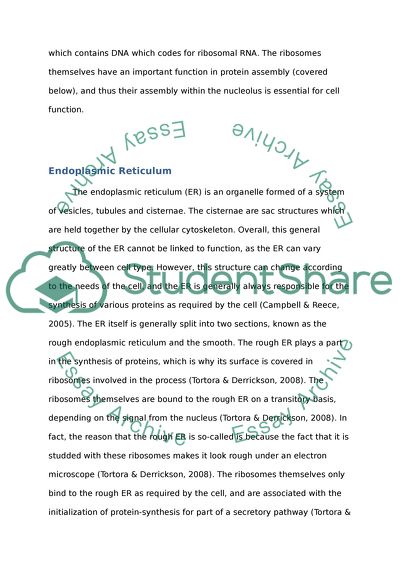Cite this document
(“Structure of the Nucleus, Endoplasmic Reticulum, Ribosomes, Assignment”, n.d.)
Retrieved from https://studentshare.org/biology/1466281-1describe-the-structure-of-the-nucleus-endoplasmic-reticulum-ribosomes-mitochondria-golgi-body-and-lysosomes-and-explain
Retrieved from https://studentshare.org/biology/1466281-1describe-the-structure-of-the-nucleus-endoplasmic-reticulum-ribosomes-mitochondria-golgi-body-and-lysosomes-and-explain
(Structure of the Nucleus, Endoplasmic Reticulum, Ribosomes, Assignment)
https://studentshare.org/biology/1466281-1describe-the-structure-of-the-nucleus-endoplasmic-reticulum-ribosomes-mitochondria-golgi-body-and-lysosomes-and-explain.
https://studentshare.org/biology/1466281-1describe-the-structure-of-the-nucleus-endoplasmic-reticulum-ribosomes-mitochondria-golgi-body-and-lysosomes-and-explain.
“Structure of the Nucleus, Endoplasmic Reticulum, Ribosomes, Assignment”, n.d. https://studentshare.org/biology/1466281-1describe-the-structure-of-the-nucleus-endoplasmic-reticulum-ribosomes-mitochondria-golgi-body-and-lysosomes-and-explain.


